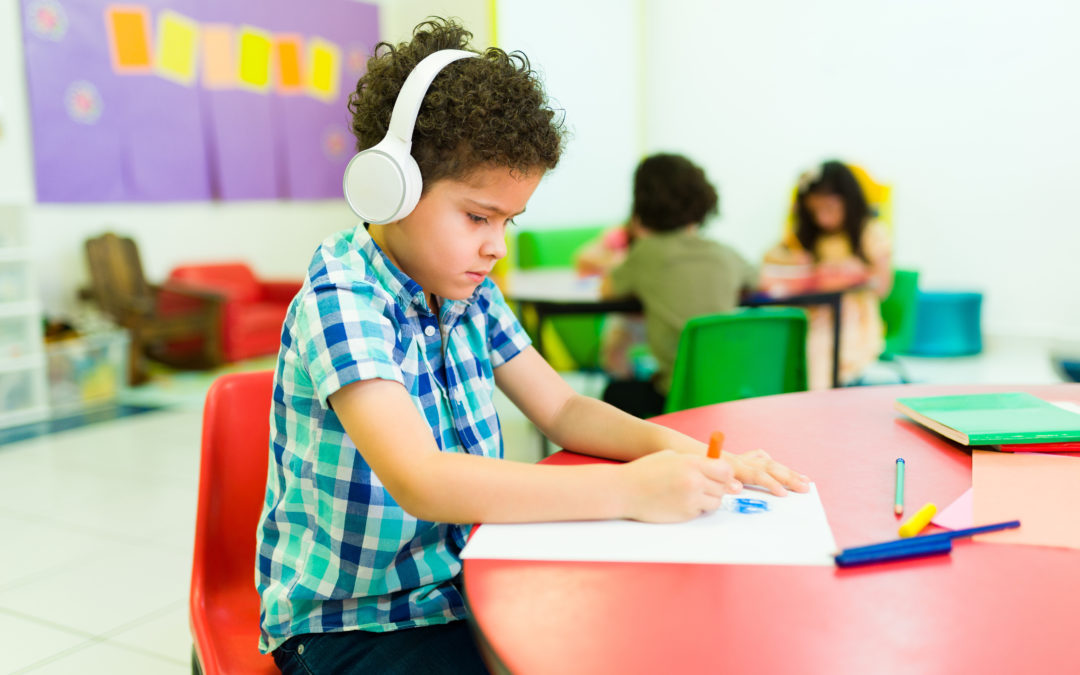How to Work Through Your Child’s Rigidity
You are all too familiar with the feeling: your child insisting on taking the same way home every day, down to the exact part of the sidewalk. Maybe they need to be picked up by the same person, at the same time, every day after school. Or maybe they need to watch the same TV show before bed, unable to compromise with their sibling.
Navigating your child’s rigidity can be extremely challenging, especially when it seems to stand in the way of their growth and daily functioning, and the general day-to-day functioning of your home. This rigidity often stems from a need for predictability and control in a world that can seem overwhelming. Understanding and addressing this need with empathy and patience is difficult, but important.
By working together to introduce flexibility in thinking and behavior, you can help your child learn to adapt more easily to changes and new experiences, fostering resilience and a greater sense of confidence in navigating the world around them.
What Is Flexible Thinking?
Flexible thinking is more than just adapting to new situations; it includes the ability to see things from different angles, consider a variety of outcomes, and devise multiple strategies for resolution. This flexibility is vital for navigating inevitable changes and uncertainties, and enables individuals to better manage emotions and reactions when faced with the unexpected. It’s a skill that, when cultivated, enhances problem-solving abilities and promotes a more open-minded approach to challenges.
1. Validate Their Emotions
By validating your child’s emotions, you are actively listening to their concerns and acknowledging their feelings as real and significant. This approach fosters a supportive environment where your child feels seen and heard, establishing a strong bond of trust and understanding.
By demonstrating empathy and avoiding immediate criticism or dismissal, you lay the groundwork for teaching your child how to view situations from different perspectives. You are guiding them towards more flexible thinking, as they feel more secure in expressing themselves and considering new ideas.
2. Give Them Back Some Control
Giving your child back some control means making them a part of the decision-making team. Have them choose what to wear, how to tackle their homework, or what activities to be involved in. This way, they are navigating choices within safe boundaries. This empowerment can help to mitigate stress, encourage independence and confidence, and reduce feelings of powerlessness.
3. Review Self-Talk
Encouraging productive self-talk is a powerful tool in helping your child challenge rigid thinking patterns. When your child is struggling with a change in routine, engage in a “think aloud”. Encourage your child to pause, list some potential solutions, and choose one. This way, you are teaching your child important problem-solving skills, promoting a readiness to embrace change.
4. Practice Flexibility with Routine and Rules
Practicing flexibility involves intentionally incorporating slight variations into your child’s daily activities or occasionally adjusting established rules. This approach gently introduces them to the concept of change in a controlled and safe manner, helping to alleviate the stress that unpredictability might otherwise cause.
And don’t be afraid to have fun with it: cook breakfast for dinner; wear pajamas to the grocery store; walk to the bus stop backwards. By doing these little things, children can gradually become more comfortable with changes.
5. Model Flexibility
As always, modeling your own behavior is crucial for teaching your child. By showing them how you navigate unexpected situations, and even sharing your real-time thoughts out loud, you are providing them with a living example of how to approach uncertainties with a confident outlook.
This demonstration of flexible thinking and problem-solving can be incredibly influential, encouraging your child to adopt similar behaviors and attitudes towards change.
By cultivating an environment that emphasizes and practices flexibility, you’re providing your child with crucial life skills to navigate their rigidity effectively. Patience and consistency from your side are instrumental in this developmental journey, ensuring that the lessons learned are deeply ingrained and beneficial long-term.
We can help you. We specialize in meeting the needs of students who struggle with everyday challenges at school such as these. Reach out here to learn how West Hills Academy provides its students with an individualized learning environment to help them reach their full potential.
Resources:
https://www.pbs.org/parents/thrive/flexible-thinking-how-to-encourage-kids-to-go-with-the-flow
https://www.additudemag.com/cognitive-flexibility-adhd-children/
https://childmind.org/article/helping-kids-with-flexible-thinking/



